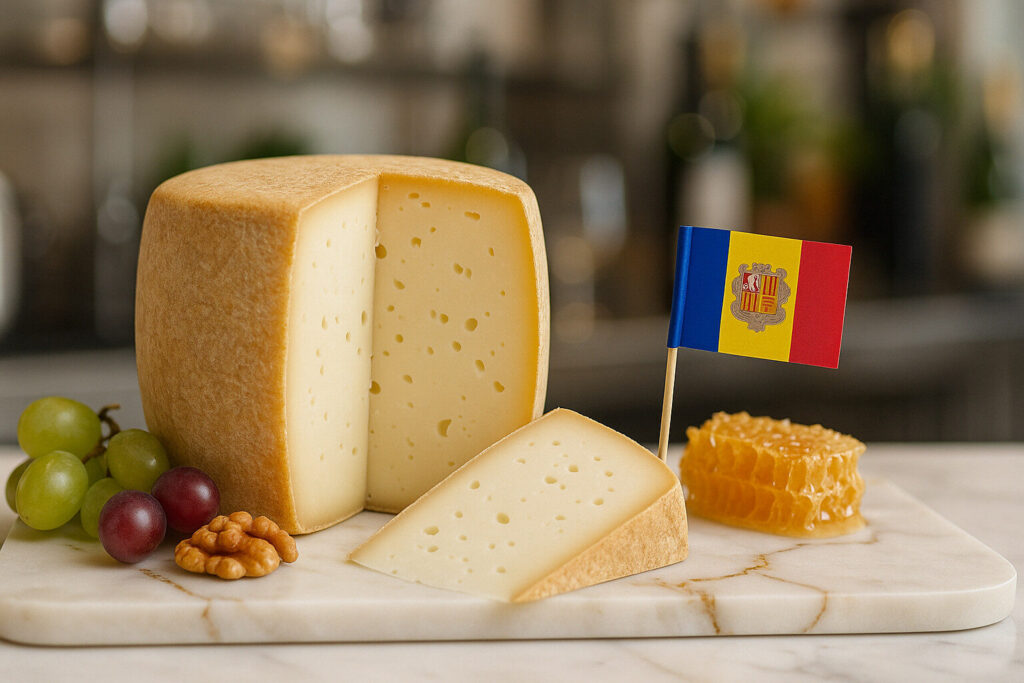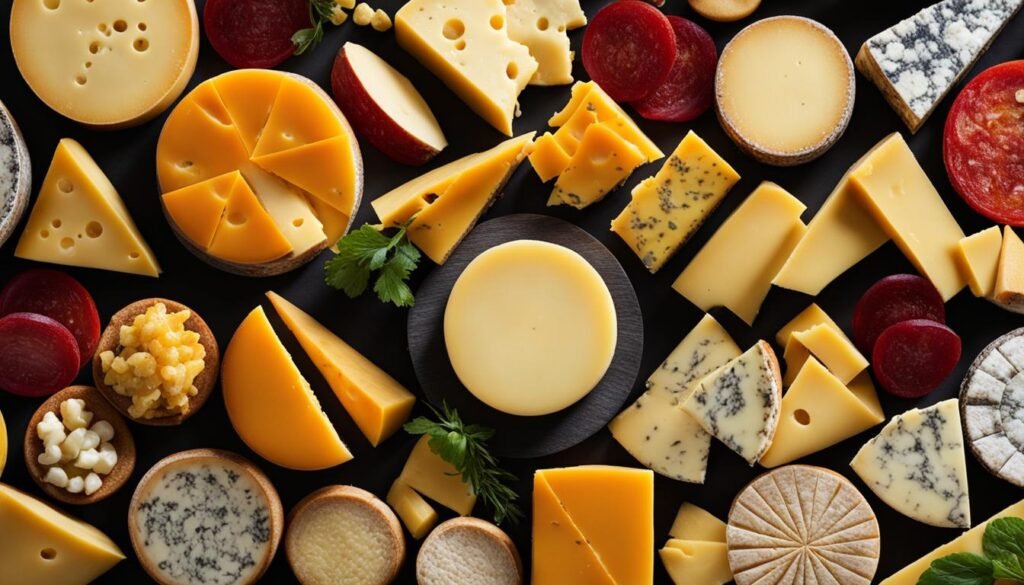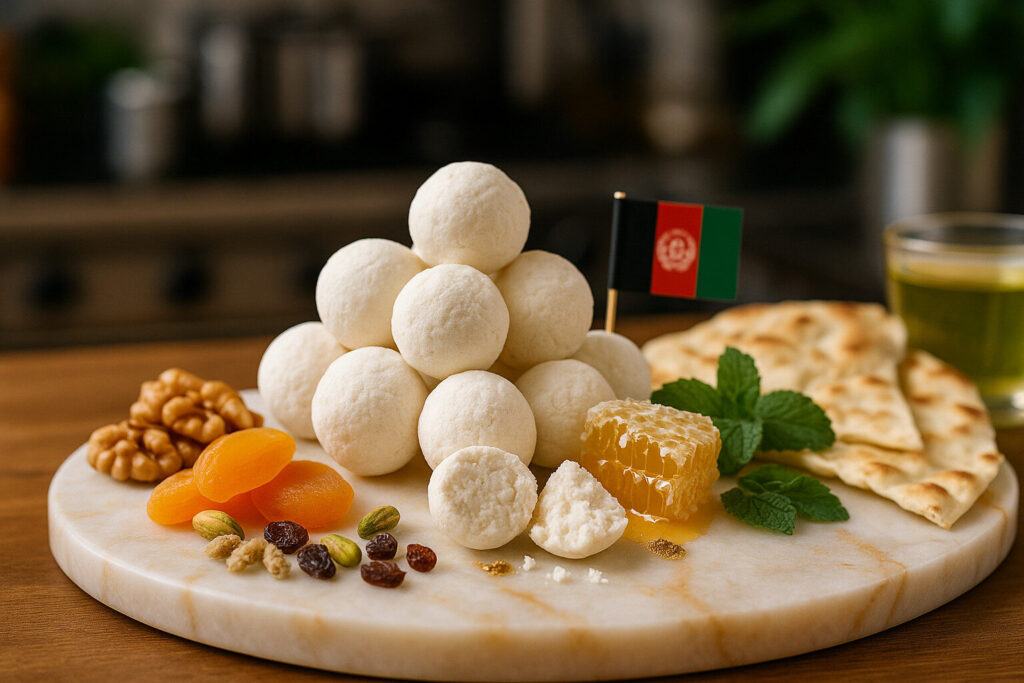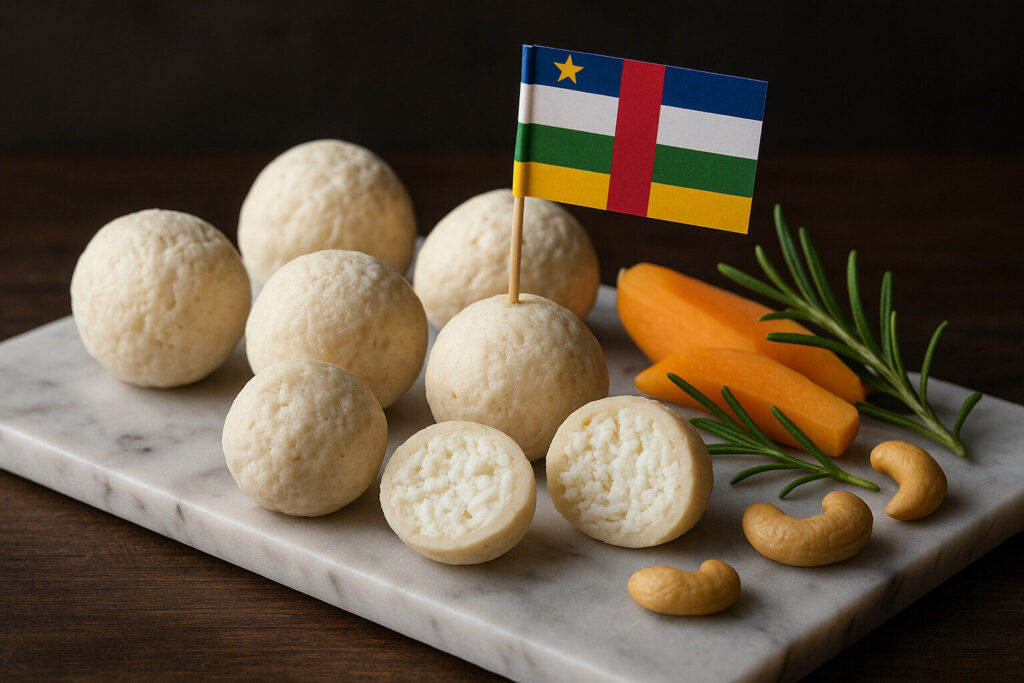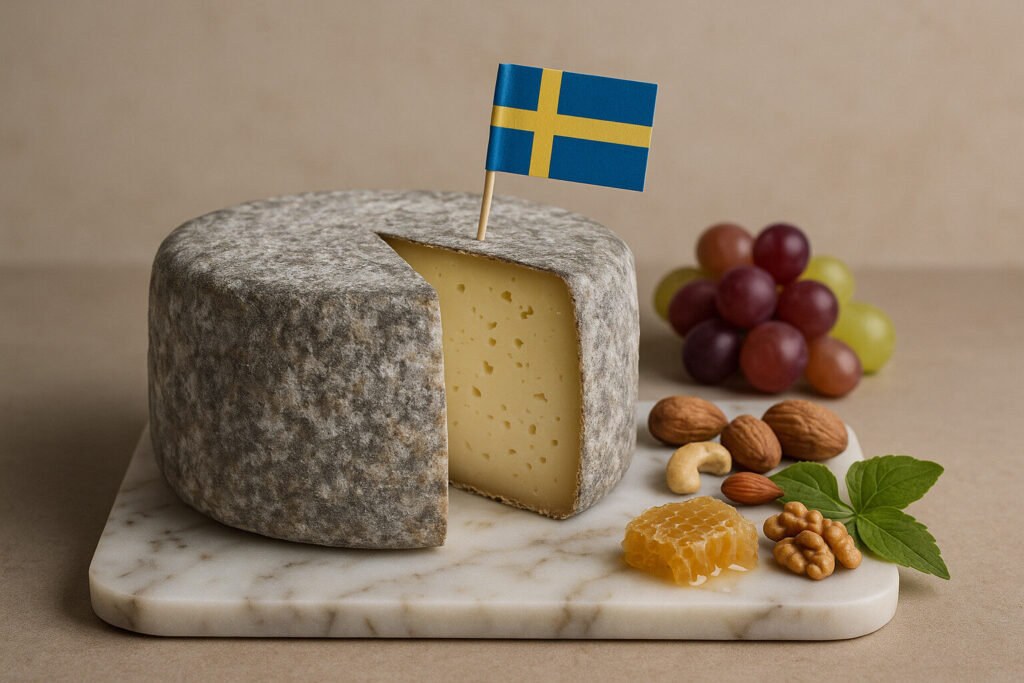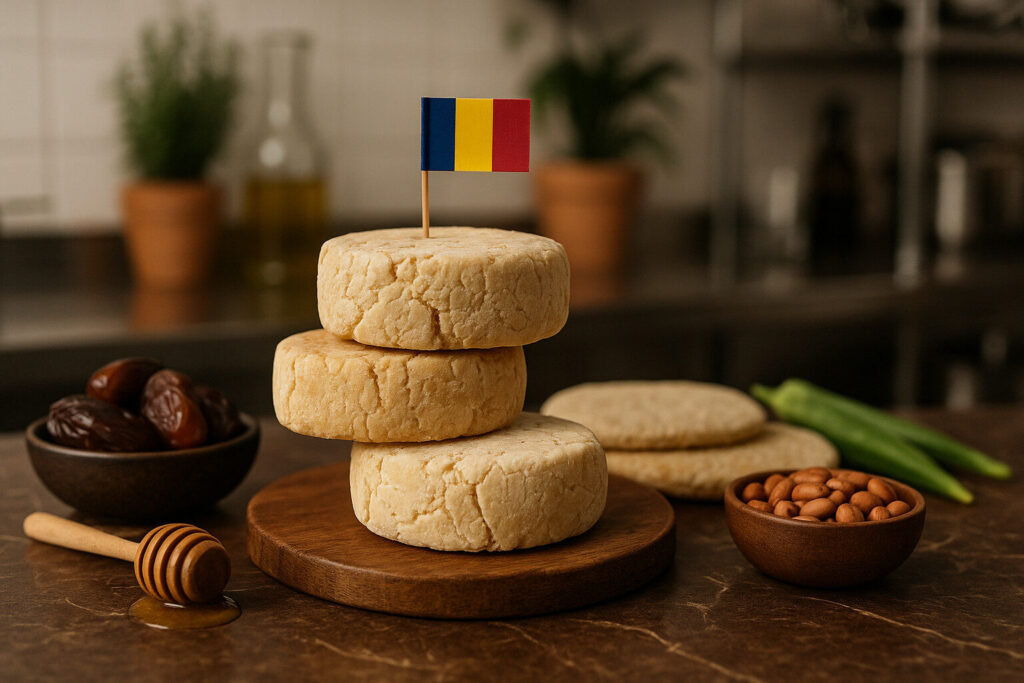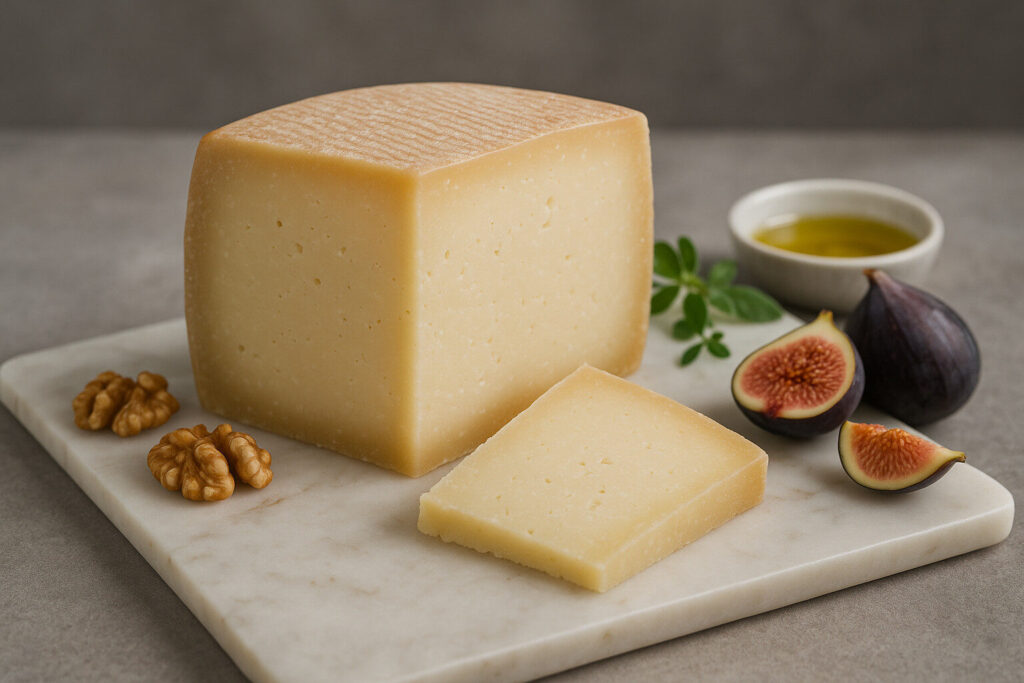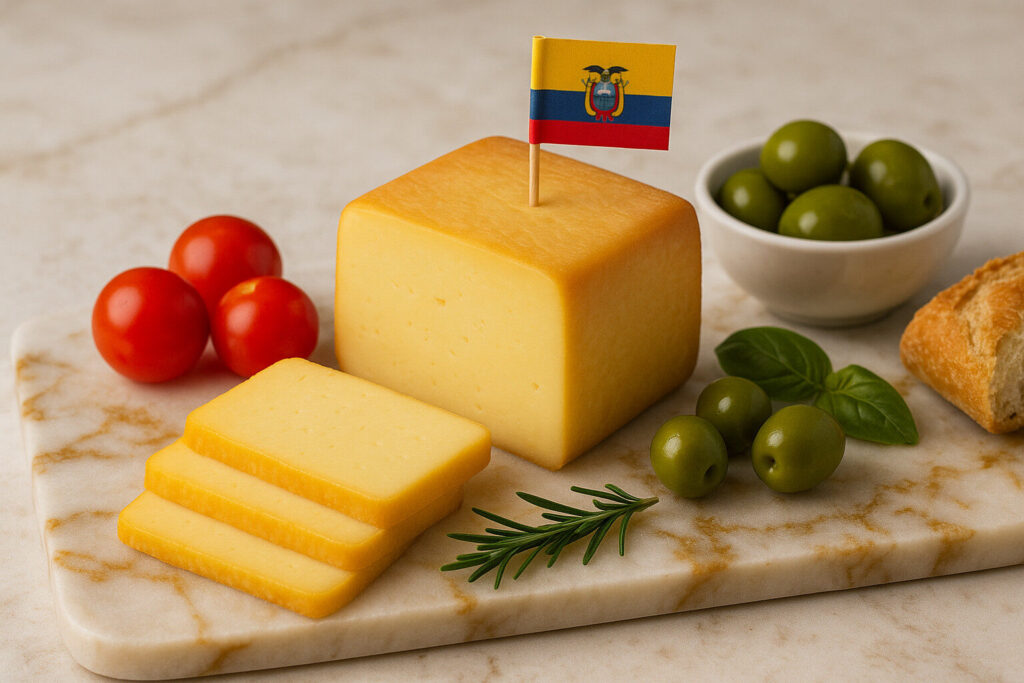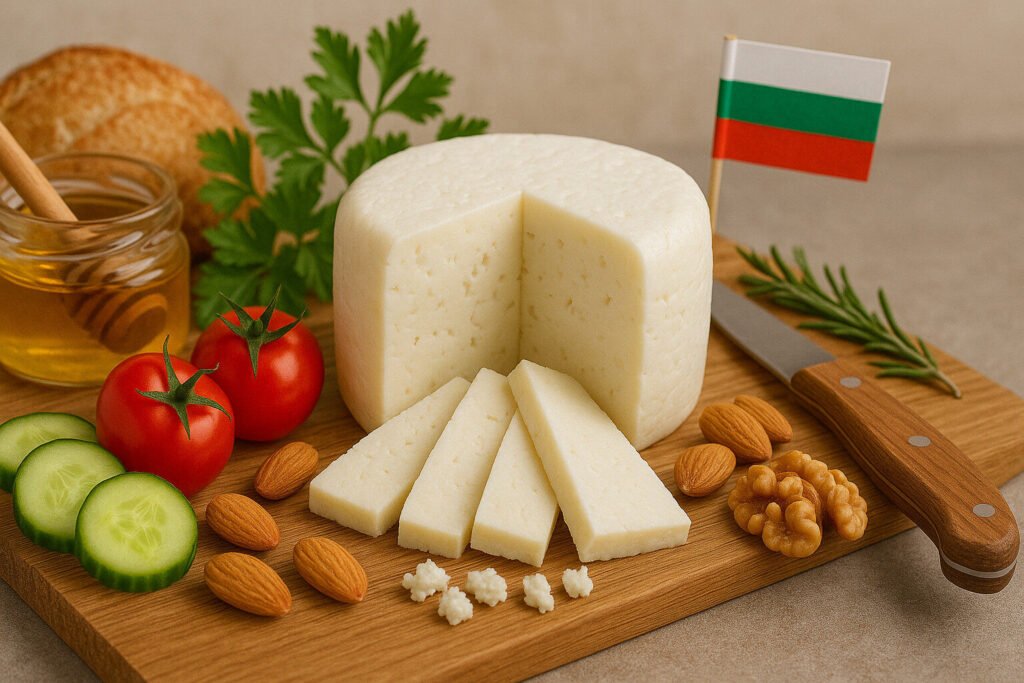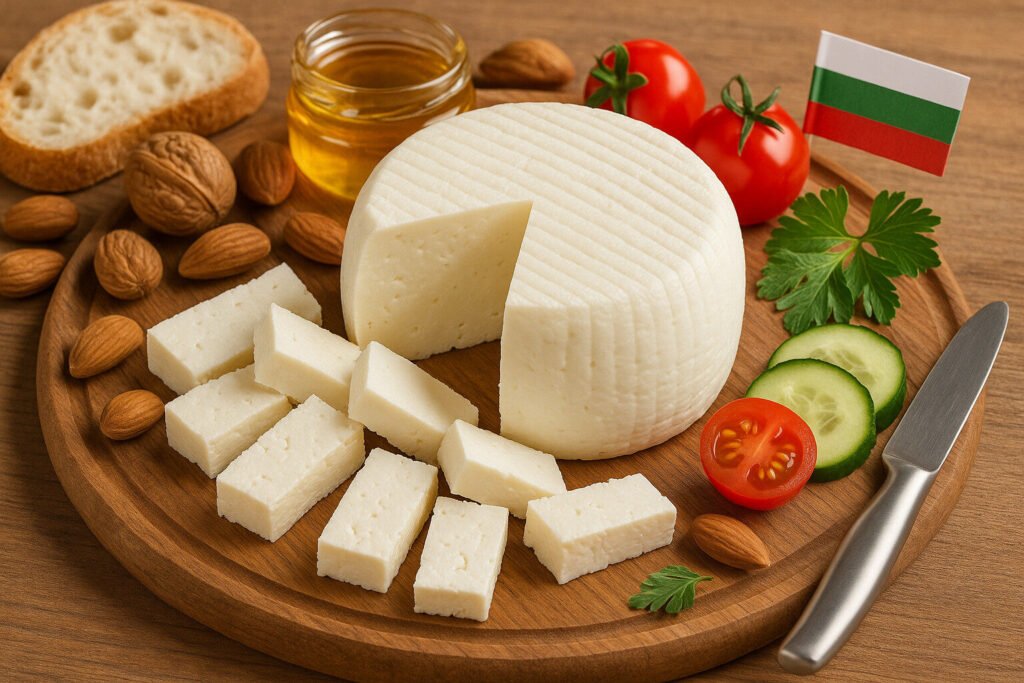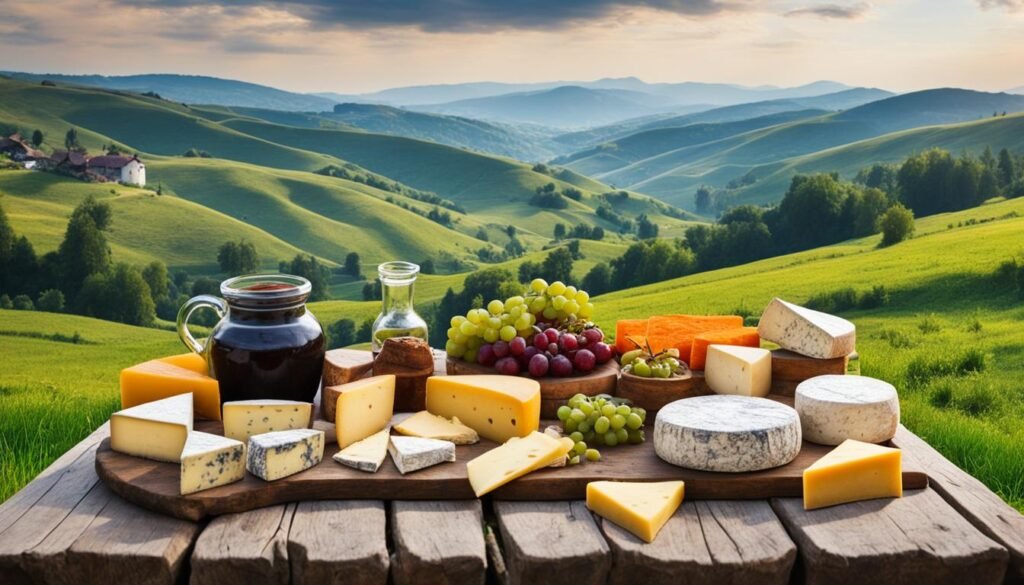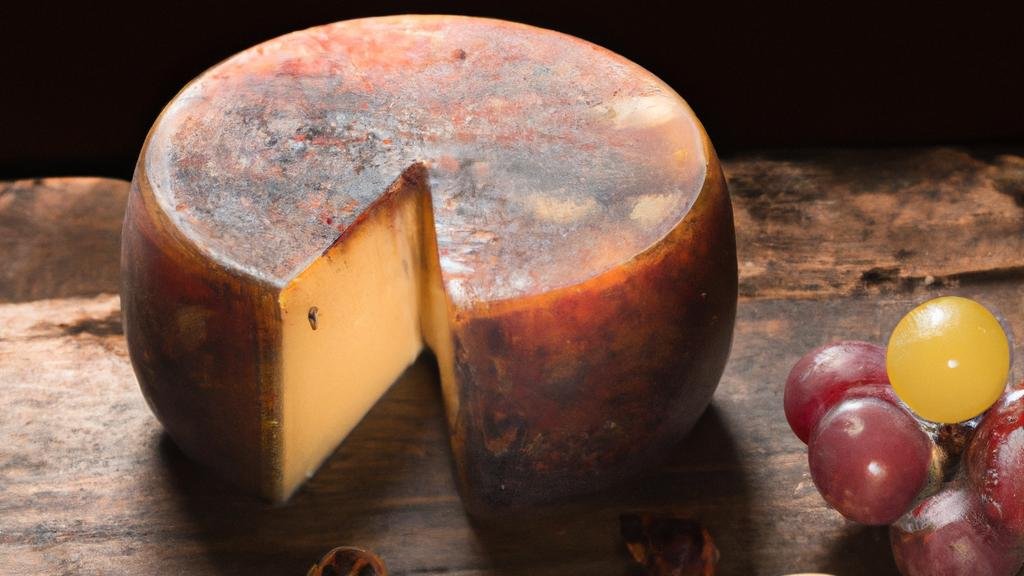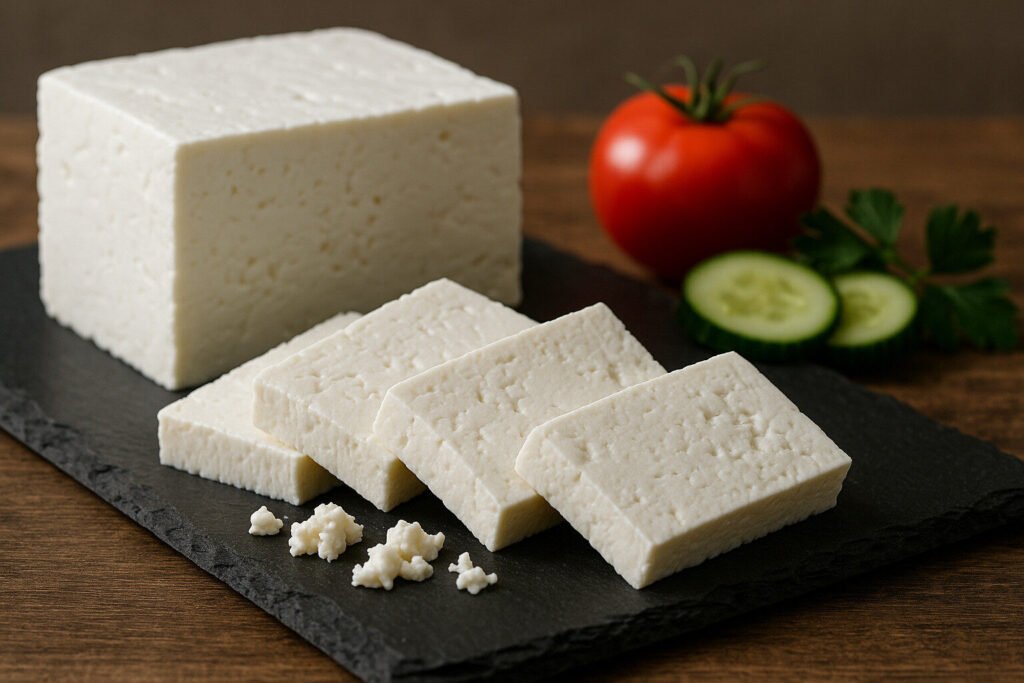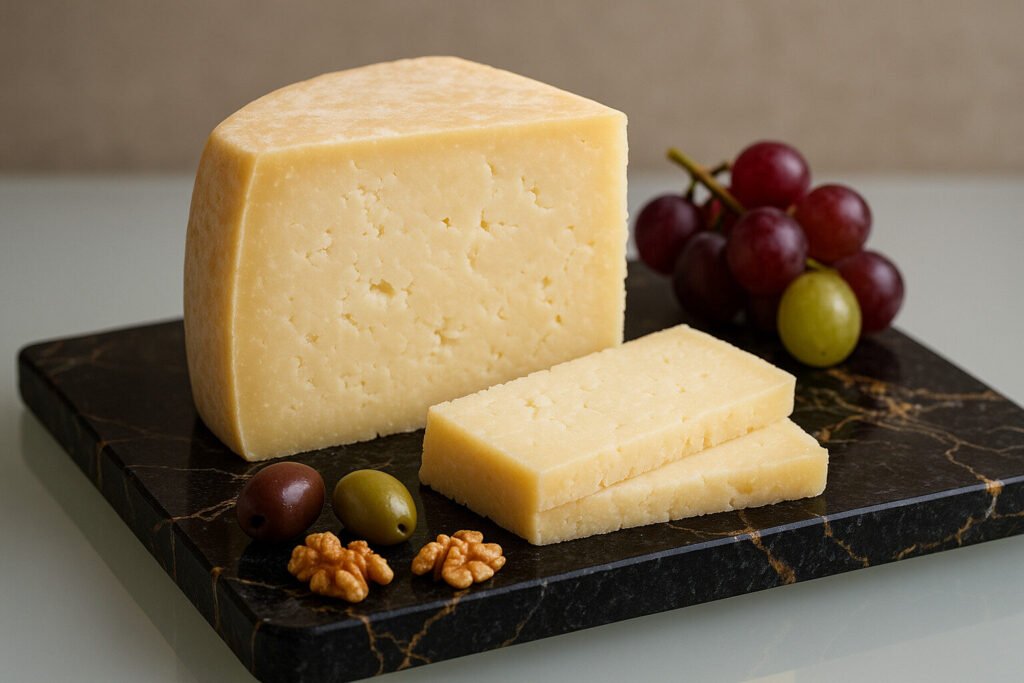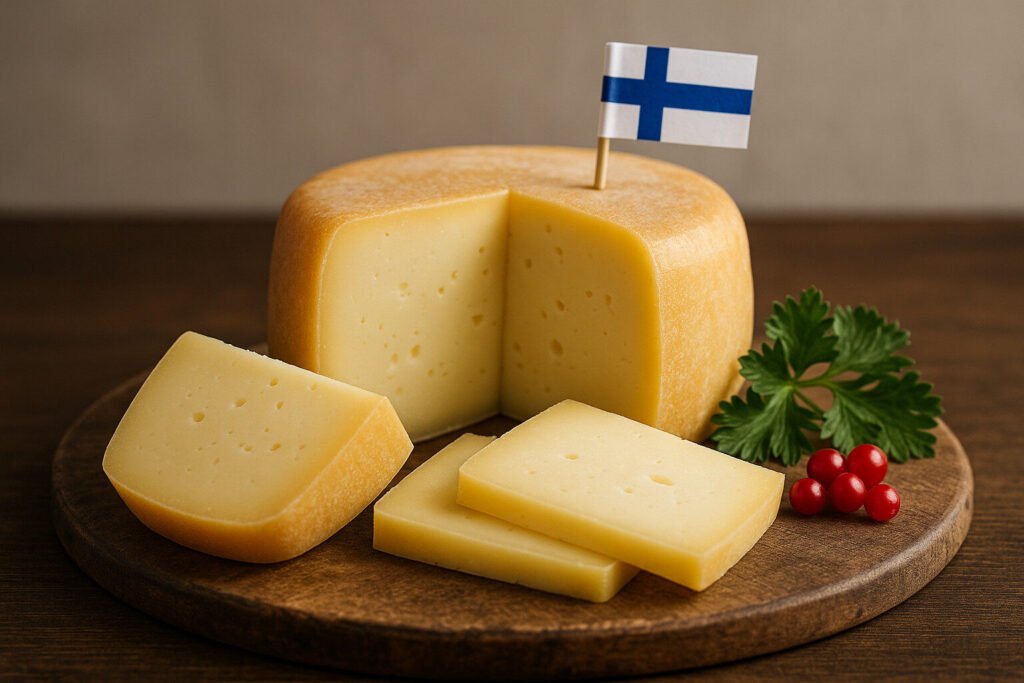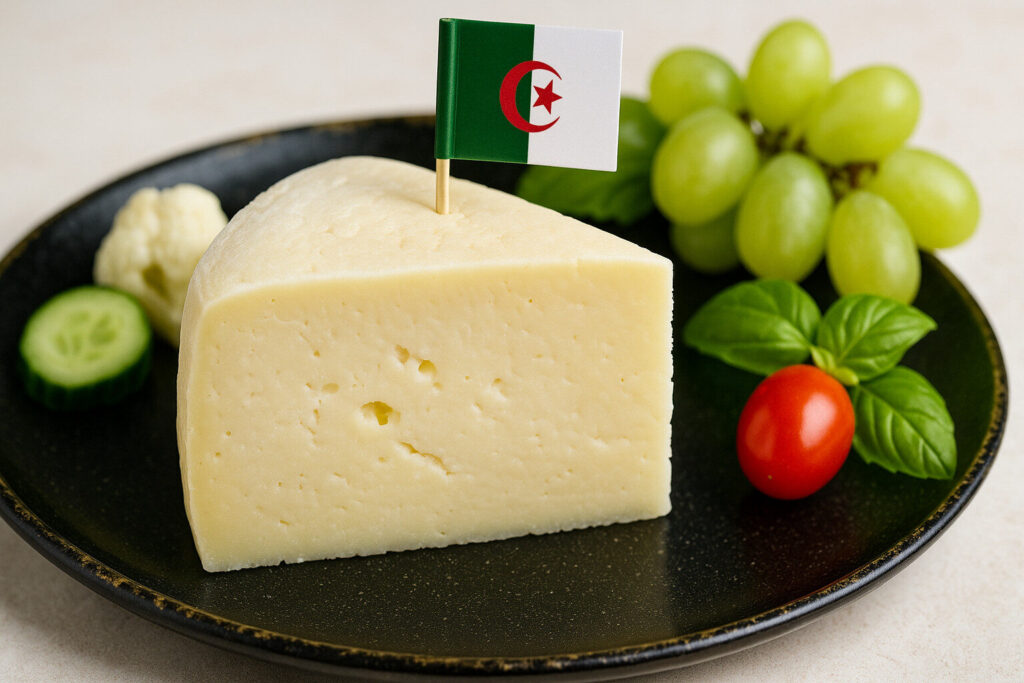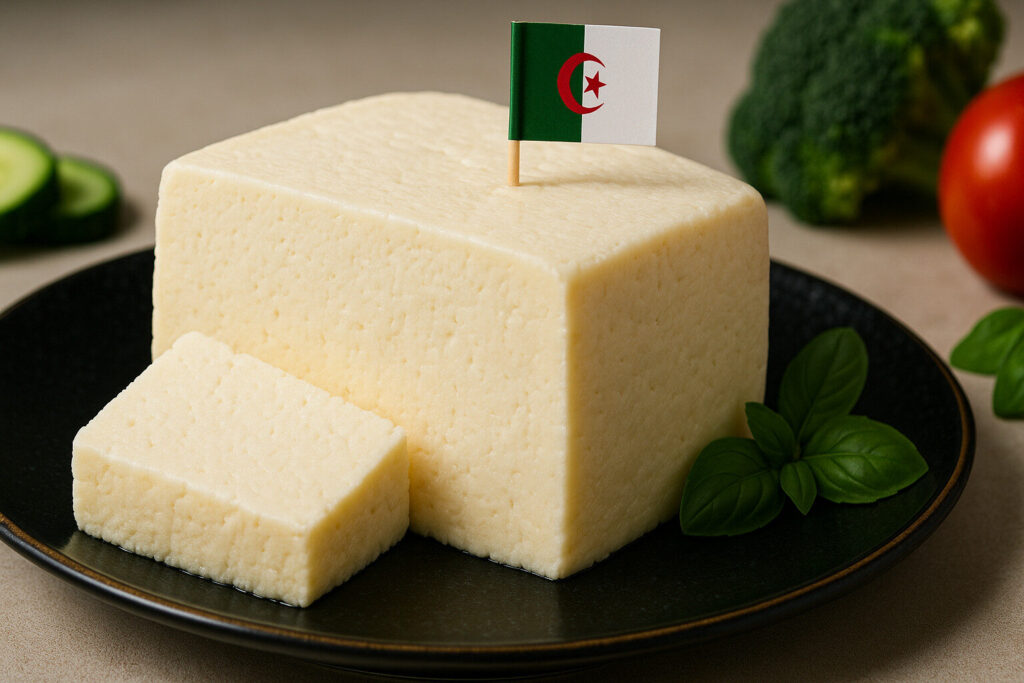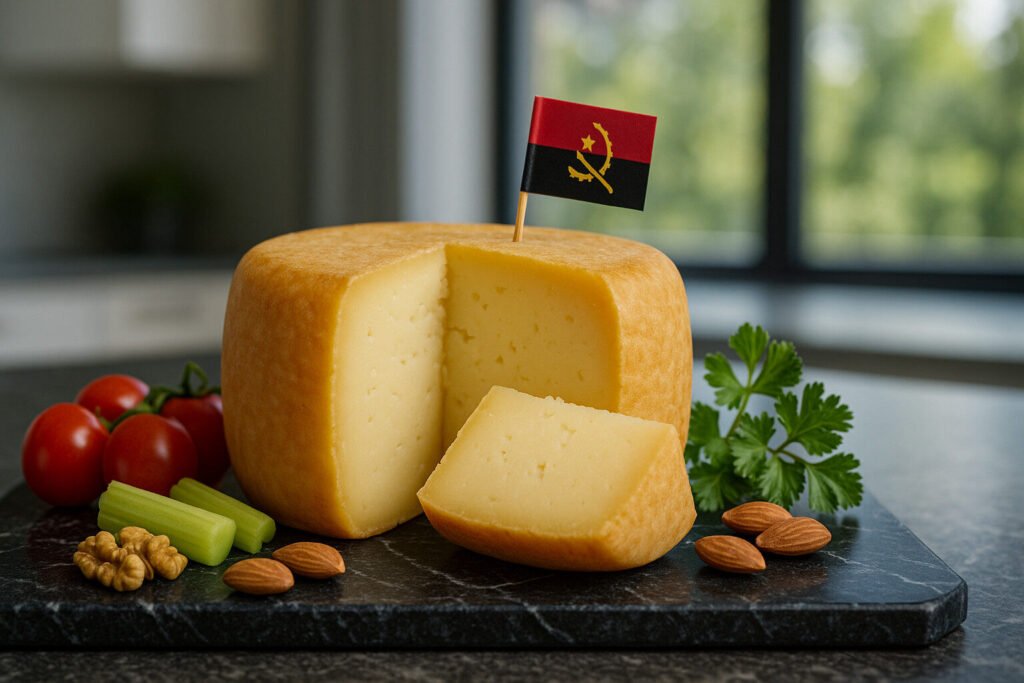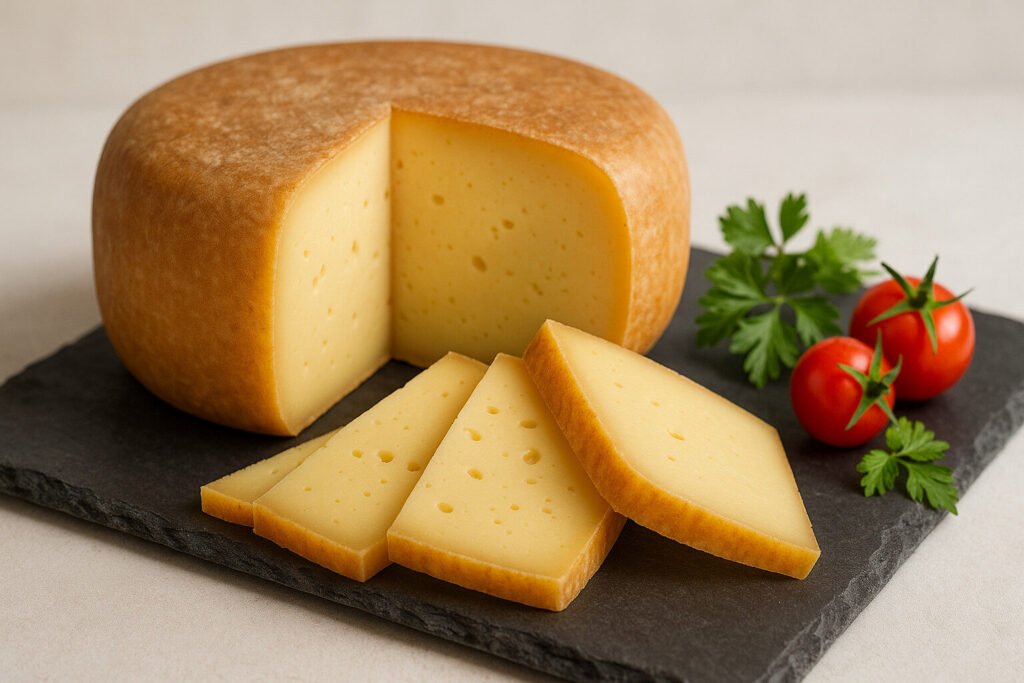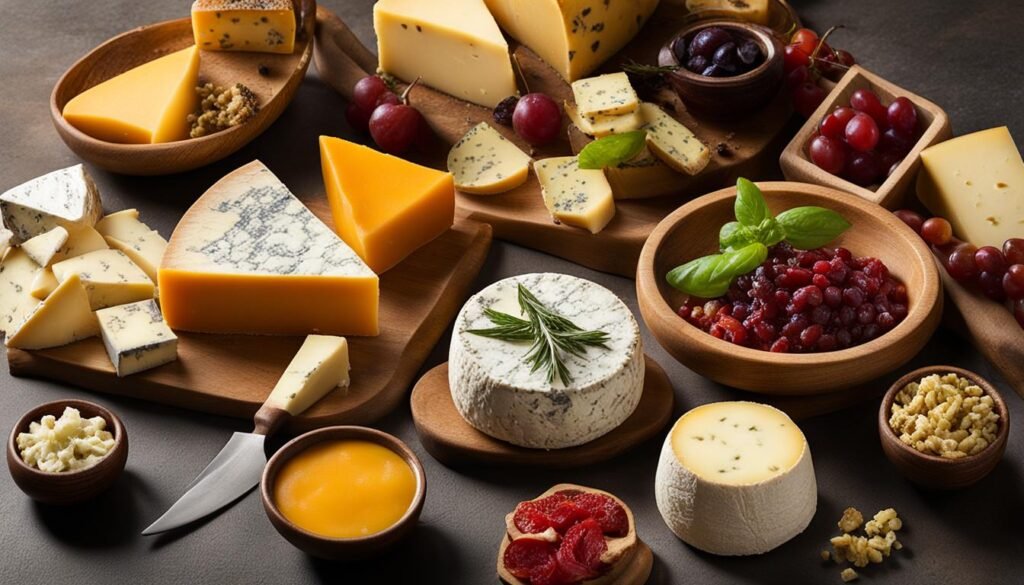Traditional Methods Cheese
Definition and Scope
Traditional methods in cheesemaking refer to time-honored techniques passed down through generations. These practices emphasize manual skill, natural ingredients, and environmental adaptation. They often involve raw milk, native microbial cultures, and aging in specific conditions. The scope includes all steps from milk handling to final maturation.
These methods distinguish artisanal cheeses from industrial counterparts through their variability and terroir expression. They form the foundation for protected designation of origin (PDO) certifications worldwide. Traditional approaches maintain cultural heritage while producing cheeses with unique characteristics impossible to replicate through standardized processes.
Production Techniques
Traditional production begins with raw milk from specific animal breeds fed local forage. Cheesemakers use wooden tools and copper vats that influence microbial development. The curd is typically hand-ladled or basket-molded to preserve delicate textures. Natural rennet from animal sources ensures proper coagulation.
Aging occurs in natural caves or cellars with controlled humidity and temperature fluctuations. Cheeses are turned and brushed by hand to develop rinds. This labor-intensive process can last from several weeks to multiple years. The resulting products reflect their production environment through complex flavor development.
Sensory Profile
Traditionally made cheeses exhibit pronounced terroir characteristics from local microflora. They often contain crystalline textures from extended aging and protein breakdown. Flavor profiles range from earthy and barnyard-like to nutty and caramelized. These cheeses typically have more complex aromas than industrially produced versions.
The rinds develop natural molds and yeasts that contribute to overall flavor complexity. Texture varies from creamy and supple to firm and crumbly based on technique. Traditional methods often yield cheeses with greater depth and longer finish on the palate. Each batch shows slight variations that reflect seasonal changes in milk composition.
Culinary Applications
Traditional cheeses serve as centerpiece items on cheese boards due to their distinctive character. They melt differently than processed cheeses, making them valuable for cooking applications. Many hold their shape when heated while releasing flavorful oils. Their robust profiles stand up well to bold wines and accompaniments.
In recipes, they provide depth to sauces, gratins, and baked dishes. Cheesemongers often recommend specific traditional varieties for particular culinary uses. The complexity of these cheeses makes them suitable for both simple presentations and elaborate preparations. Their aging potential allows for continued flavor development after purchase.
Regional Examples
French Comté exemplifies traditional mountain cheesemaking with its copper vat production. Italian Parmigiano-Reggiano maintains centuries-old techniques involving copper cauldrons and natural whey starters. English cloth-bound cheddars use traditional stacking and turning methods. These regional specialties demonstrate how local conditions shape final products.
Spanish Manchego employs traditional esparto grass molds that imprint characteristic patterns. Swiss Gruyère relies on copper kettles and cellar aging in specific humidity conditions. Greek Feta maintains protected status through adherence to traditional brine-aging methods. Each region’s approach reflects available resources and historical practices.

